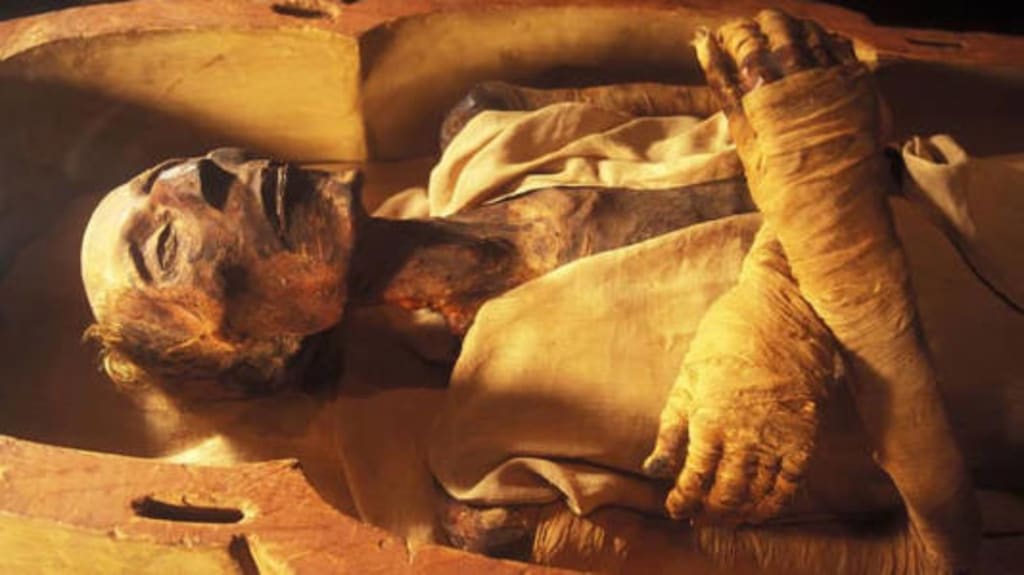Content warning
This story may contain sensitive material or discuss topics that some readers may find distressing. Reader discretion is advised. The views and opinions expressed in this story are those of the author and do not necessarily reflect the official policy or position of Vocal.
Antiquarianism propels as Egypt's most prominent pharaoh's stone coffin is at long last found
Ancient History

The stone coffin of the most popular Egyptian pharaoh has at last been found, three centuries after his demise.
Egyptologists were confused by the secret of the area of the stone coffin of Ramesses II, otherwise called Ramesses the Incomparable.
A baffling stone burial chamber found in 2009 under a strict focus in east-focal Egypt has confused archeologists.
In any case, new examination shows that the part has a place with Ramesses II.
Sorbonne College educator and scientist Frédéric Payraudeau made the disclosure this month in the wake of returning to a block of stone found in 2009 at Abydos. The Egyptologist said he thought a disregarded cartouche, an oval-formed cutting addressing the name of the pharaoh, was Ramesses II.
He said: "When I read these outcomes, I was overwhelmed with questions. I inquired as to whether I could re-concentrate on the document, which he acknowledged due to the intricacy of the case.
"My partners accepted that the cartouche before the word 'ruler' assigned the esteemed cleric Menkhepere who administered southern Egypt around 1000 BC.
In any case, this cartridge is dated from a previous etching and hence assigns its most memorable proprietor.
Ramses II governed from 1179 to 1213 BC. During his rule, he became known for raising huge sculptures that Egyptologists allude to as the last pinnacle of Egypt's majestic power.
He drove a few military missions and extended the Egyptian domain from Syria in the east to Nubia in the south.
In 1881, Ramesses II's mummy and casket were viewed as in a "confidential" concealing spot at Deir el-Bahari, a sanctuary complex external Luxor, containing the remaining parts of 50 different individuals from the respectability, including his dad.
Before being put in the recently found stone casket, Ramesses II was covered in a now-lost gold final resting place and moved to an alabaster stone casket, which was tracked down and obliterated in his burial chamber by thieves.
Peraudeau added: "The illustrious cartouche contains the crowning liturgy name of Ramses II, intended for him, however, this was covered by the condition of the stone and a subsequent etching, added during reuse.
This revelation is new proof that right now, the Valley of the Rulers was subject not exclusively to plundering, but additionally to the reuse of funerary items by ensuing sovereigns.
About the Creator
Anis Ahmed Siddeque
Hello, I am a professional Article writer. Before article writing was my hobby. On many social sites, I published various blogs and articles. Now, I have decided that the Article is a nice carrier. Before death, I want to earn money.
Enjoyed the story? Support the Creator.
Subscribe for free to receive all their stories in your feed. You could also pledge your support or give them a one-off tip, letting them know you appreciate their work.






Comments
There are no comments for this story
Be the first to respond and start the conversation.